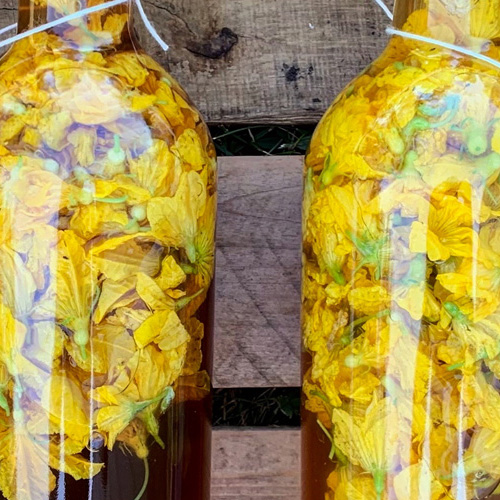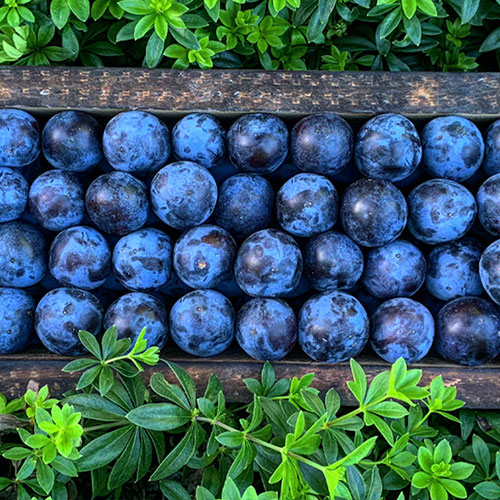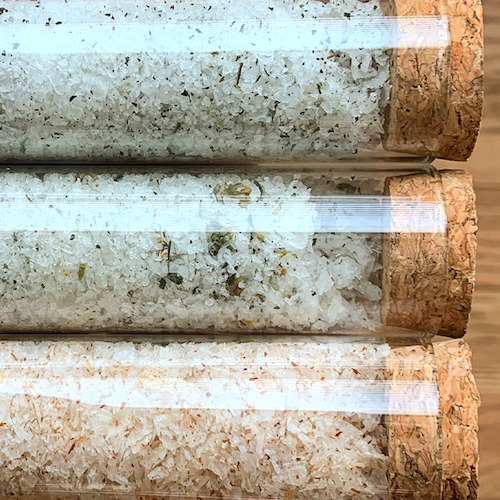We care for our hens so they can care for us. Every day, we tend to the flock of ninety birds on our family farm. Rebecca, my mom, is the mothers’ mother. At this point, she can sense what the flock needs as soon as she unlatches the coop. Alan, my dad, often stands close behind, lugging supplementary hydration and sustenance.
During the spring and into the summer, the chickens eat mostly what grows in their yard. Each of our three coops is surrounded by a fenced-in area that they can explore all day long. Close by, we plant a “chicken garden” loaded with the leafy greens that the girls swarm and peck into submission at feeding time.
Kale, chard, spinach, and sorrels are their favorites. In the summer, when we see an abundance of squash, cucumbers, melons, and tomatoes, any fruit with the slightest blemish goes into their buffet. As daylight wanes, they get nutrient-rich fall greens and softening gourds. In the depths of winter, we give our big-time farmer neighbor eggs in exchange for an organic feed mixture made up of ground corn and other grains.
I want to focus on preservation, for when you find that small farmer who treat their chickens like family and screens you before she sends you home with a dozen. Those are the eggs worth preserving.
On a small farm like ours, the work of tending a flock is personal. It’s intense and deliberate. When we hand off a dozen perfect multicolored eggs, in cartons that never see fluorescent light or a sales tag, part of our life is in your hands. The care my parents put into our chickens yields a special product, one that I trust as much as anything we produce. I wouldn’t use a conventional egg the way I use my parents’ eggs.
I like them in a runny omelet, hard-boiled just until jammy, or pickled. Each of those techniques deserves its own piece, but for now, I want to focus on preservation, for when you find that small farmer who treat their chickens like family and screens you before she sends you home with a dozen. Those are the eggs worth preserving.
I’ve come across the salt-and-sugar-cured egg yolk in many books. The technique has become trendy over the past few years, with restaurants shaving cured yolks like parmesan over salads and pastas. Few recipes add flavors to the cure to amplify the egg’s effect. I cure yolks in ingredients from our farm pantry. I’ll add something smoky to boost the savory flavor of yolk shavings. A sweeter flavor such as anise or fennel pollen can dance atop yogurt or even a biscuit. A chile-cured yolk grated over beans offers an extra layer of warmth when the sun goes down just a few hours after lunch.
Try something smoky, something savory, and something sweet to start. Then try something new. Report back.




